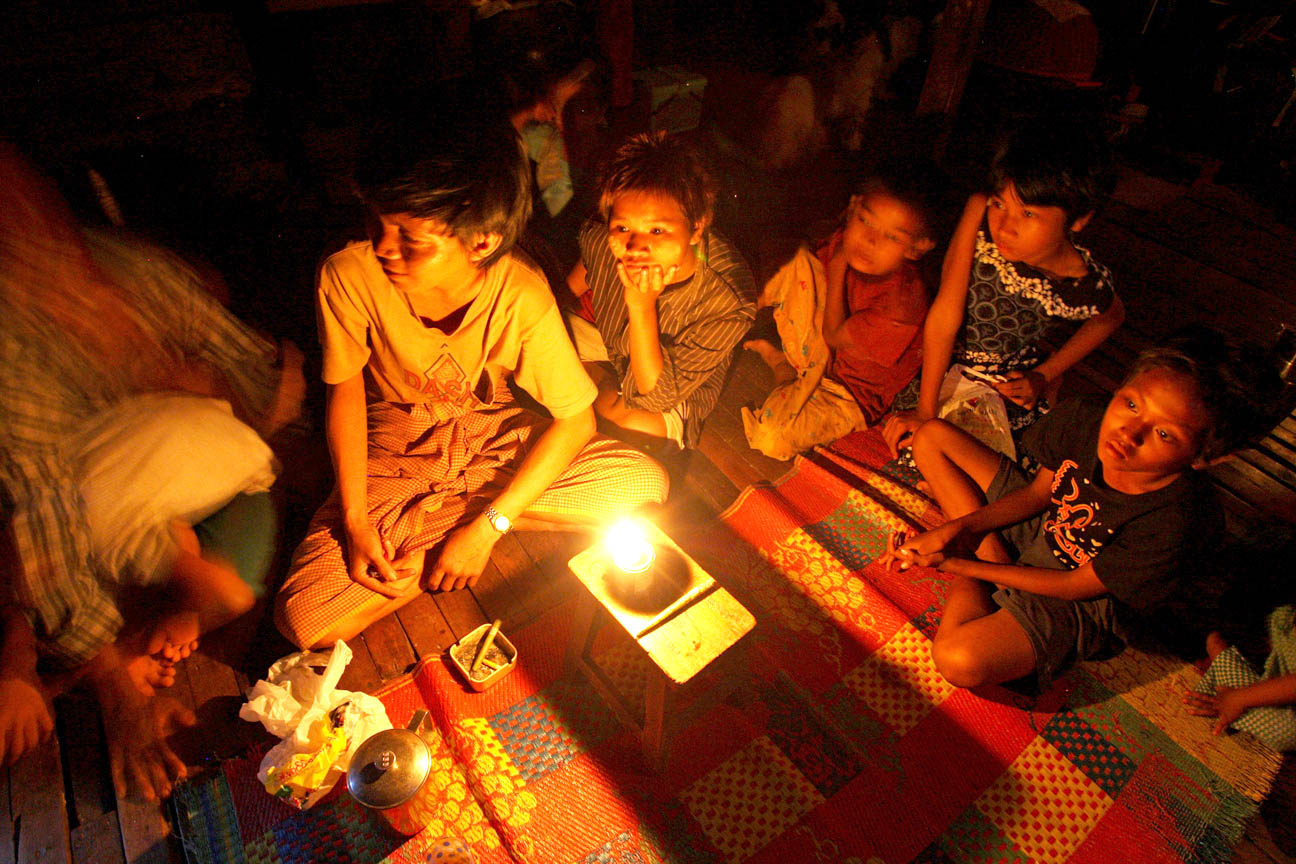Film “˜Rangoon Cocoon’ reveals culture, everyday life from Burma’s largest city

“Rangoon Cocoon” documents an untold story of Burmese culture, specifically in the city of Rangoon. The Burmese Student Association brings this film to UCLA.
By Celina Carroll
May 10, 2010 8:52 p.m.
Burmese Student Association at UCLA president Justin Lee understands that U.S. opinion on Burma is pretty limited.
“When people think about Burma, which is pretty rare, they usually just think about the civil conflict or the military dictatorship,” Lee said.
But two documentary filmmakers are now attempting to show a different side of Burma with their film , “Rangoon Cocoon.”
The short documentary film, which is complemented by a photo gallery and series of essays and interviews on the film’s website, attempts to reveal the vibrant culture and life emerging from the people who live in this conflicted country, specifically in its largest city, Rangoon.
Producers Anne Murat and Brice Richard weren’t originally intending to make a film on such a controversial country. The pair, who had become friends while in college in Paris, just wanted to collaborate on a project that interested them both.
“We both are really interested in stories that shed a different light on countries or a culture,” Richard said. “The hardest part was just to try and do something no one had ever done before.”
But a simple news article gave Murat and Richard an idea on a compelling subject for their documentary.
“One morning, our attention was caught by the same article in Le Monde, which described the daily life of teenagers in Burma,” Murat said. “The article made us realize that we knew nothing about the country, except for the few tragic headlines of the last few years ““ the monk revolution of 2007, the Nargis cyclone of 2008, Aung San Suu Kyi’s imprisonment.”
They decided to go to Burma and capture what the culture was really like, not just the political or calamitous sides. Murat and Richard wanted to use several mediums to show the true identity of Burma’s citizens.
“We decided to harness both our skills towards a common project ““ a documentary combining both video and photography,” Murat said. “Schedule constraints postponed that idea until 2009, when we both had one month free at the same time.”
In that single month of June, they did all of the documenting and filming used in the project.
“The visa in Burma is only for 28 days. You can stay a bit longer but you have to pay, and people start getting suspicious,” Richard said. “So we had to pretty much cover everything in 28 days, which … is very intense.”
In those 28 days, Murat and Richard were greeted with generosity and willingness from the people, and a heavy dose of suspicion from the police. Because not many foreigners travel to Burma, there didn’t seem to be an established manner of dealing with outsiders.
“The first thing that struck us immediately was how kind people really were and how open they were when talking to us,” Richard said.
“Which I guess is really surprising when you go into, well I guess you can only describe it as a military dictatorship. You’d expect people to be really defensive, but actually people were really chatty, and it actually created a lot of trouble. … We had to be careful for them, because sometimes they were not careful enough.”
Despite the restrictive government, the Burmese people were excited to express their opinions.
“We initially figured we would meet 10 or 20 people maximum. … We surely didn’t expect to interview more than 60,” Murat said. “We were astonished by people’s friendly welcome and trust. Talking to a video camera is not easy, but for most people we interviewed, it looked really natural … as though they had already been interviewed before.”
However they did run into a few problems with the Burmese law enforcement. Because there did not seem to be strict regulations regarding foreigners, Murat and Richard ran into some altercations even with help from their Burmese tourist guide.
“In Burma, it’s forbidden to spend the night in the house of a Burmese, you have to go back to your guest house,” Richard said.
“So one night, we were in a poor area around the major pagoda in Rangoon and we were just chatting with a family. But then the chief of police arrived and was like, “˜It’s late; what … are you doing here?’ And then started asking everyone questions and our guide almost lost his license for life just for taking us there, because it wasn’t a tourist place and it was late. Even our guide didn’t know it would be a problem. … It’s a constant learning process about within which boundaries you were actually working in.”
No matter the restrictions, Murat and Richard ultimately found their time in Burma to be inspiring and rewarding.
“Now that we got back with so much to show and so much to tell, we feel responsible about it, and we would like to contribute, as much as we can, to sharing, widening, maybe changing perspectives on Burma,” Murat said.


